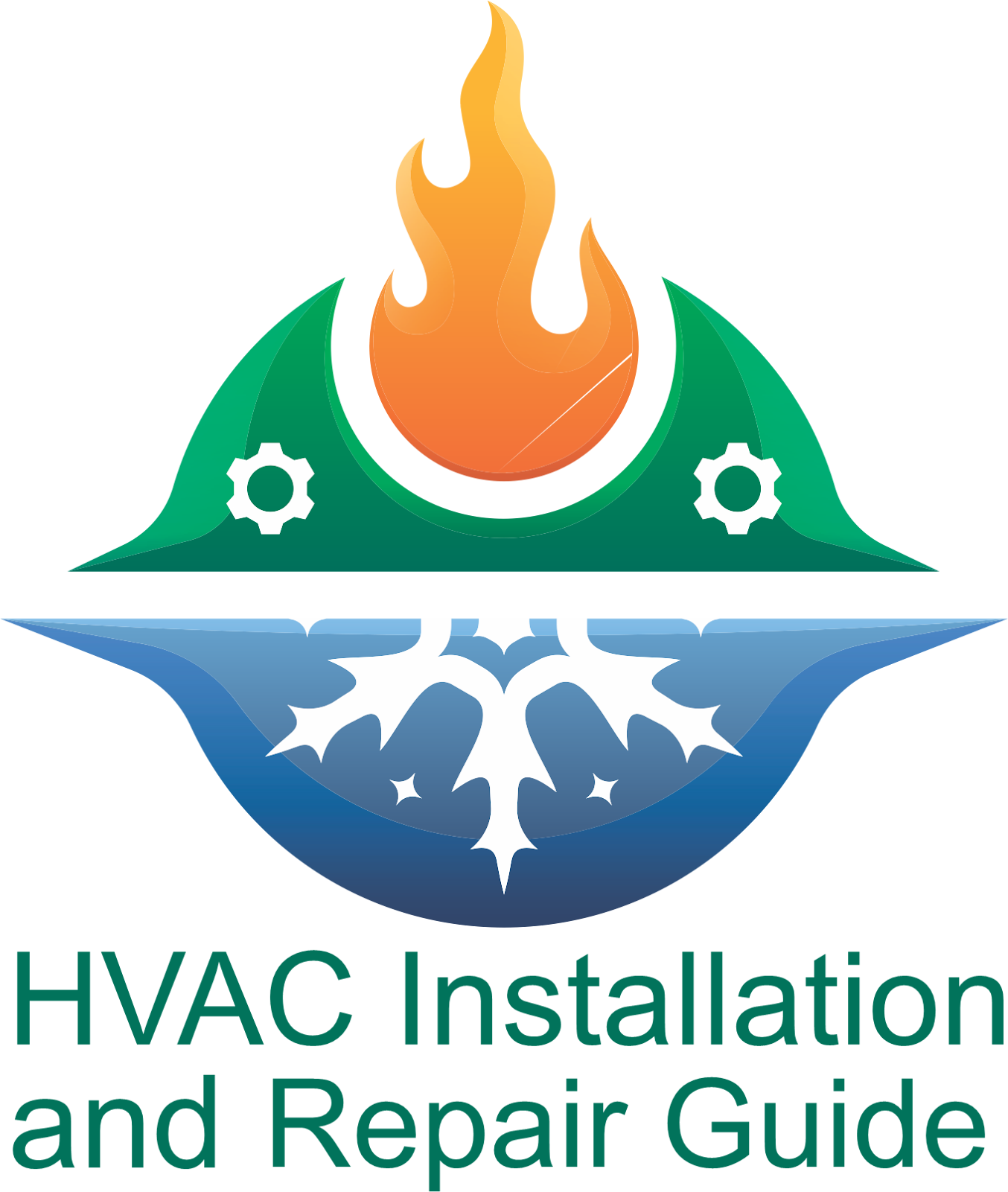When should the Air Filter in your House be changed?
Changing your air filters regularly is a simple way to improve the energy efficiency of your HVAC system. It's also among the easiest and most crucial things you can do to maintain your family's health and HVAC system.
Although changing an air filter is a straightforward task, many homeowners require assistance, which results in excessive energy costs, unanticipated maintenance concerns, malfunctions, etc.
What is the recommended time between replacing air filters?
If you use your furnace, heat pump, or air conditioner daily, we advise changing your filter once a month. To guarantee the highest possible air quality, you can replace your filters every few weeks if you are okay with paying more. You can replace the filter every two to three months if you don't use your HVAC system daily or during milder seasons.
Replace your filters more frequently as possible.
Whatever you do, don't wait too long to change your air filter, and remember that your HVAC system needs routine maintenance.
We'll go over some fundamental HVAC professionals' guidance on the following in this article:
- The Need for Regular Filter Changes
- Filthy air filters' effects
- Various air filters
The Need for Regular Filter Changes
According to the Allergy and Asthma Foundation of America, indoor air quality is as significant as outdoor air quality (AAFA). Although most people concur that there may be hazardous pollutants in the outside air, the interior air is frequently worse.
An air filter is the first defense against hazardous airborne pollutants, including dust, pet dander, mold, germs, and others in your house. To keep your HVAC system functioning properly, you need them.
Since those with asthma, allergies, or other respiratory issues are more susceptible to airborne particulates than those without these conditions, you must change your filter every six weeks if you suffer from either of these conditions, for people with asthma or allergies, dust mites, mold spores, pollen, and pet dander can make it difficult to breathe inside the house.
- If you have dogs, shedding their hair and fur might exacerbate allergy symptoms, especially as the seasons change. If you have pets, we advise changing your air filters more frequently.
- Do you have children? Children under five are far more sensitive to poor air quality than adults. Children under five need clean air in their homes since their immune systems are still growing.
Filthy air filters' effects
Did you know the most common reason for HVAC system failure is blocked air filters? Your HVAC system may experience some issues as a result of dirty air filters, including:
- Higher energy costs: The HVAC system's blower fan has to work harder to circulate air when the air filter is blocked. Your home will use more energy and have higher monthly electric bills as your HVAC system works harder.
- Your living rooms can require extra air if air passes through the filter more easily. Your home's temperature will be inconsistent as a result, which will make you and your family less comfortable.
- System overheating or freezing: Your HVAC system is at risk of either happening because the cooled or heated air cannot leave as easily. Although the temperature in your home won't vary, your system will have to work harder, which could result in a similar or even higher electricity bill.
- Dirty ducts: If your air filters are blocked, airflow will be slowed down, and particles may accumulate in your ducts rather than being drawn into the system and cleaned. Changing your air filter is far simpler and cheaper than hiring a professional to clean your ducts. Your system may operate more efficiently, and more contaminants may reach your air supply if your ducts are clean.
various air filters
- Not all air filters are equal; some air filters acquire dirt quicker than others.
- The three primary types of air filters are media filters, pleated filters, and thin fiberglass filters.
- Lightweight, thin fiberglass filters are frequently either blue or green. These filters will remove lint, dust, and pet hair, but minute particles like pollen, allergies, dust mites, germs, and other micro allergens will still get through. This filter should not be used, but you must replace it after 30 days.
Pleated filters are made of cotton or a fabric blend with a polyester blend and have an accordion-style shape with a cardboard frame. Compared to fiberglass filters, these filters are better at catching small particles. The big item does, however, occasionally prevent ventilation. On rare occasions, these filters may make your system work harder and consume more energy, increasing energy and system upkeep costs. Bacteria, fungi, algae, and other microorganisms thrive there as well due to the organic materials (cotton, paper, and cardboard) utilized to construct these filters. Every 30 to 60 days, these filters need to be replaced.
The airflow is kept constant through media filters while the smallest particles are filtered out. They employ a unique three-layer filtration technology to capture large and microscopic particles without obstructing airflow. Most media filters are antimicrobial, inhibiting the formation of potentially dangerous mold, mildew, fungi, and algae. Every 60 to 90 days, media filters need to be updated.
Tags
ac maintenance
ac repair
Air Conditioner Repair
air quality
central air conditioner
Furnace repair
HVAC Installation
HVAC repair
indoor air quality
mini-split systems
plumbing repair

